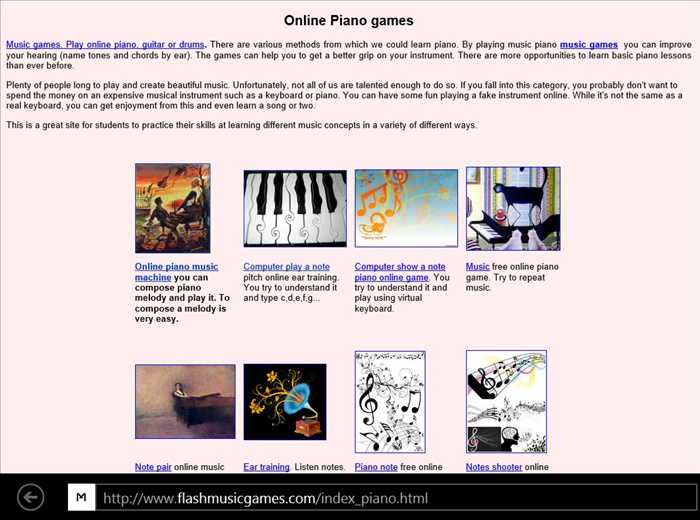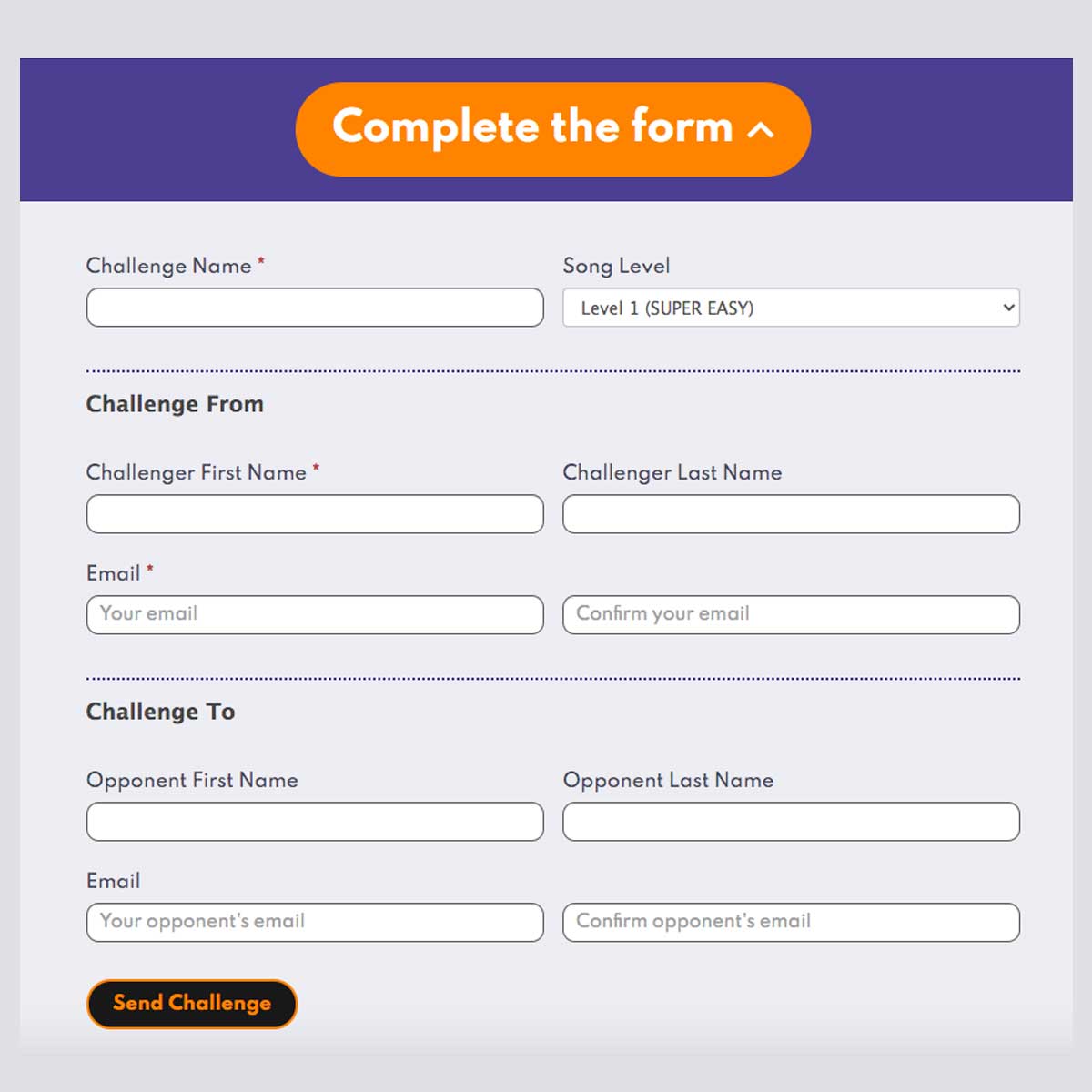

Sometimes visitors to physical places may assume they can queue physically, even if a virtual queue is being used.
#VIRTUAL PIANO GAMES G HOW TO#
Delaware’s DMV offices had clear, frequent signage explaining how to enter the virtual queue before even entering the building. To facilitate this process, signage was placed on banners around the parking lot and also on the pavement, as visitors approached the office. Delaware’s DMV directed visitors to wait in cars rather than inside and enter the virtual queue on their own devices. Visiting the DMV (Department of Motor Vehicles) often includes a lengthy in-person wait.
#VIRTUAL PIANO GAMES G CODE#
Consider also allowing users to enter queues without a dedicated app - for example, by scanning a QR code to access a website where they could enter their phone number to receive notifications via text messaging. Signage about virtual queues should also be available at the entrance of any service experience requiring users to queue virtually. However, a mobile app should not be the only channel where you tell users about the virtual-queue system. It would have also been beneficial if the user could get in-park directions to this ride from the app. This example also used good omnichannel-experience design by including the walking distance on the page and thus optimizing the mobile experience for in-park usage. The button to enter the virtual queue for a theme-park ride was prominently placed on the ride’s page and thus easily findable. The app also had a strong call to action in the middle of each ride’s detail page. The attractions.io example in the previous guideline did a good job of addressing this challenge early, when users landed in the app the first time. Virtual queues for in-person interactions require clear instructions for how users can enter the queue. Image Source: Attractions.io, a mobile app for theme parks, zoos, and other such attractions, included a message on the app’s homepage, explaining why the queue was created (to keep people safe - likely during the COVID-19 pandemic). Although the page did not use the word “queue,” it did imply that users had to wait in a line (There are currently 1937 people ahead of you). A virtual queue managing access to an online tax portal informed users that they were placed in a virtual queue due to high demand on the site. Not all users will be familiar with the concept of a virtual queue, so don’t expect them to understand the process without explanation. Regardless of whether users are automatically added to a queue, you should explain what the queue is and why users have to wait there. However, for in-person interactions that utilize virtual queues users typically must take action to enter the queue. In most digital interactions that require queuing, users are automatically placed in the queue when they show intent to take the related action. Explain What a Queue Is and Why Users Must Queue Allow them to keep busy with other things while they wait.īefore or Just After Entering a Queue 1.Make them feel that their time is respected.

Manage the customers’ wait in user-centered way.High-level design principles for virtual queues include: Not only does virtual queueing help businesses manage long lines and web traffic, it also improves customer experience, as users can spend less time waiting in physical lines or dealing with overloaded and unresponsive websites.

Many of the best practices discussed in this article apply to both types of queues, but we reference these types throughout the article whenever different considerations apply. Typical physical experiences with a need for virtual queues include theme-park rides, restaurant seating, retail stores, or doctor’s offices. Many industries that had to manage traffic in physical spaces resorted to virtual queuing. However, virtual queues for physical interactions are a relatively recent trend, driven by the need to keep people socially distanced during the COVID-19 pandemic.
#VIRTUAL PIANO GAMES G REGISTRATION#
Certain websites that must accommodate high traffic at specific times (e.g., course registration at large universities, event-ticket purchasing sites, certain retail events) use virtual queues to manage the number of visitors who can interact at one time and, thus, keep their web servers from crashing under such stress. Virtual queuing for online interactions isn’t new. In the last few years we’ve seen the rise of virtual queues - online tools that manage the experience of waiting in line, whether for a digital interaction such as purchasing a ticket for a popular concert or a physical one, like being seated at a popular restaurant.


 0 kommentar(er)
0 kommentar(er)
